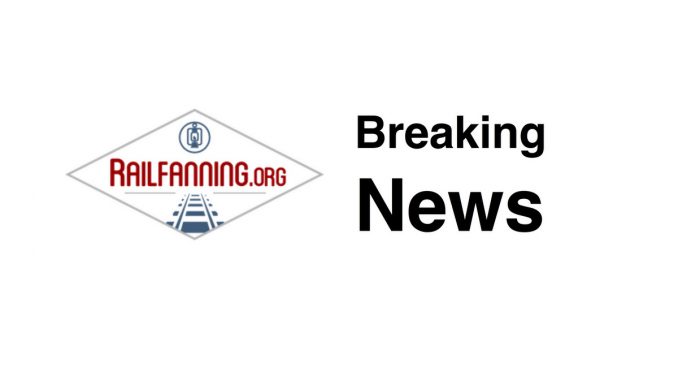
Wabtec Corp. says its FLXdrive battery-electric locomotive delivered more than an 11-percent average reduction in fuel consumption and greenhouse gas emissions for an entire train during a three-month pilot with BNSF Railway.
BNSF placed FLXdrive, the world’s first 100-percent battery locomotive, into revenue service across more than 13,320 miles of hilly terrain in San Joaquin Valley, California. The region is classified as a non-attainment area, where the air quality is worse than the National Ambient Air Quality Standards.
The fuel consumption reduction is the equivalent of more than 6,200 gallons of diesel fuel saved and approximately 69 tons of CO2 emissions reduced.
“The FLXdrive battery-electric locomotive is a defining moment for freight rail and will accelerate the industry toward low- to zero-emission locomotives,” Eric Gebhardt, Wabtec’s chief technology officer, said in a news release. “It builds upon the rail industry’s position as the most efficient and sustainable mode of transportation.
“Building on our long history of pioneering train energy management technologies, this demonstration of coupling 2.4 megawatt hours of battery storage into the mix fully validated our assumptions for the potential for this next generation technology to further drive efficiencies and greenhouse gas reductions,” Gebhardt added. “At more than 6 megawatt hours, Wabtec’s next version of FLXdrive technology will have an opportunity to reduce fuel consumption and emissions by up to 30 percent – putting the industry on the cusp of a once-in-a-generation improvement in energy savings and emission reductions.”
The California pilot program was part of a $22.6 million grant from the California Air Resource Board awarded to Wabtec, BNSF and the San Joaquin Valley Air Pollution Control District.
The 430,000-pound FLXdrive in the pilot boasts 18,000 lithium-ion battery cells, and the battery locomotive is charged at the rail yard and recharged during the trip through regenerative braking. It manages the overall train energy flow and distribution through its Trip Optimizer system, an intelligent cruise control system programmed through artificial intelligence to respond to the twist and grade of the track in the most energy-efficient way possible, the company said.
Wabtec plans to build a second-generation locomotive with a battery capacity of more than 6 megawatt-hours.
That level of energy can reduce a locomotive consist’s fuel consumption and carbon emissions by up to 30 percent, even while hauling several thousand tons of freight in a mile-long train, and a fleet of second-generation FLXdrives will be commercialized and could enter supply chain routes in the next few years, the company said.

